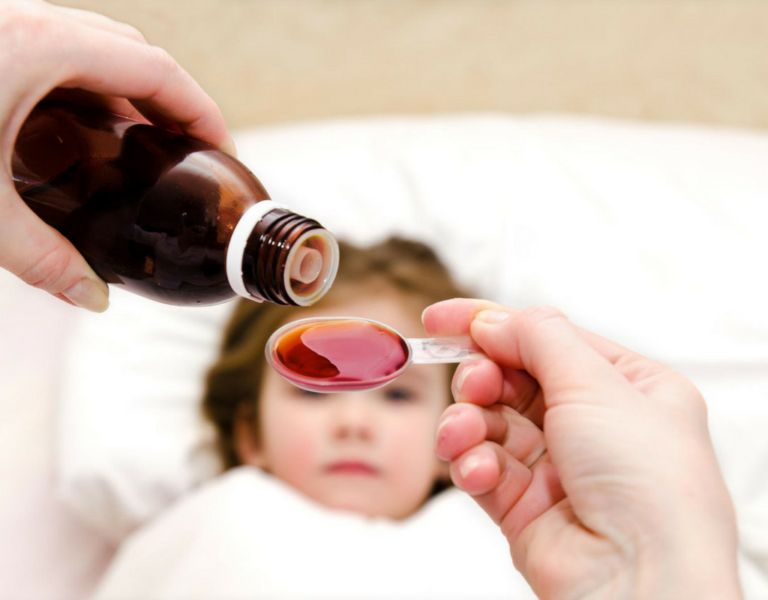Vaping has become one of the most common forms of substance use among teens and young adults. What began as a supposed “safer” alternative to cigarettes has evolved into a complex landscape of nicotine, cannabis, and synthetic products—many of which are far more potent than ever before.
As pediatricians, we understand that curiosity, peer influence, and misinformation often play a role in why teens try vaping. Our goal is to provide families with accurate information about what these products are, how they affect the developing brain, and why awareness matters more than ever.
The Scope of Teen Vaping
Current research shows that between 5% and 30% of adolescents and young adults in the U.S. report using both nicotine and cannabis within a 30-day period. In fact, some studies suggest that co-use (using both substances) is now more common than using either alone. Teens who vape are 3.5 times more likely to use cannabis than those who don’t.
The terminology can also be confusing. “Vaping” sounds modern and harmless, but e-cigarette use is the more accurate term. Whether it’s an e-cigarette, a nicotine pouch, or a cannabis vape pen, the mechanism and risks are similar: each delivers highly concentrated substances directly into the lungs and bloodstream.
Nicotine: Still a Tobacco Product
Nicotine is often marketed as distinct from tobacco, but the two are inseparable. Nicotine, found in e-cigarettes, vapes, and pouches like ZYN, is derived from tobacco and carries the same addictive potential.
Social media has fueled trends among teens, such as using multiple nicotine pouches at once. Nicotine addiction can develop quickly in adolescents, whose brains are still forming the neural pathways that regulate attention, learning, and impulse control. The result is a cycle that can make it difficult to quit and increase the likelihood of other substance use later on.
Cannabis Use and the Modern High
Cannabis use among teens has remained relatively steady in recent years, but the potency of today’s products has not. The average THC concentration in cannabis plants has risen from 3–5% decades ago to about 20% today, and concentrated forms like oils, waxes, and “dabs” can reach 60–90% THC.
To put that into perspective, one joint today can equal the potency of ten joints from a generation ago. These changes mean that even occasional use can have stronger and longer-lasting effects.
THC is fat-soluble, remaining in the body for days or even weeks. A single use can affect cognition for up to 24 hours, while longer-term use may take a month for the brain to fully recover. Research links regular or daily cannabis use with:
- Lower GPA and higher absenteeism
- Delayed graduation
- Impaired memory and concentration
- Increased risk of developing psychotic disorders, especially in those with a family history of mental illness
The “Dangerous Duo”: Nicotine and Cannabis Co-Use
The combination of nicotine and cannabis is particularly concerning. Teens may use them together in “blunts” (cigars filled with cannabis) or “spliffs” (cigarettes mixed with cannabis), or alternate between the two through vaping. This co-use magnifies the risks: both substances alter brain chemistry in different ways, reinforcing one another’s addictive effects.
Youth who co-use are more likely to experience anxiety, depression, and difficulty concentrating. They may also struggle more with withdrawal and cravings. Because cannabis and nicotine vapes look nearly identical, it can be hard for parents (and teens) to distinguish one from the other.
What Parents Should Know
- Vaping devices are easy to conceal. Some look like pens, flash drives, or cosmetic tubes.
- High-potency products are widely available. Concentrates and synthetic THC (like Delta-8) are often marketed as “diet weed” or “natural alternatives,” but they’re largely unregulated and may contain industrial solvents or heavy metals.
- Legalization has changed perception. As more states legalize marijuana, fewer teens view it as risky, despite evidence showing significant long-term consequences.
- Accidental ingestion is rising. In regions with legalized THC, pediatric hospitalizations for cannabis poisoning have more than doubled. Many cases involve edible products—chocolates, gummies, or baked goods that look like snacks.
Safe storage is key. Lock boxes can prevent accidental ingestion by children and pets, both of which have seen sharp increases in cannabis-related poisonings.
What Teens Should Know
The brain continues developing until around age 25. During this time, nicotine and THC can interfere with the circuits that control emotion, decision-making, and motivation. That’s why the short-term effects—like a temporary buzz or relief from stress—can lead to lasting changes in brain chemistry.
Because THC and nicotine stimulate the brain’s reward system, tolerance builds quickly. Teens who start vaping often find themselves needing more to feel the same effect. The result isn’t just dependency, it’s a rewiring of how pleasure and stress are managed.
Edibles and concentrates carry their own risks. Unlike inhaled smoke or vapor, edibles can take 20–60 minutes to take effect, which can lead to overconsumption and accidental overdose.
The Long View: Health, Safety, and Prevention
Long-term studies show that early exposure to nicotine or cannabis increases the likelihood of addiction, mood disorders, and cognitive decline. Daily cannabis use raises the risk of developing schizophrenia or psychotic episodes by three- to four-fold.
Legal and public health experts recommend tighter regulation—such as child-resistant packaging, clear warning labels, and restricted access for individuals under 21—to reduce youth exposure. For families, education remains the most powerful preventive tool.
What to Do if Your Teen is Using
If you suspect or know that your teen is vaping, it’s normal to feel worried, frustrated, or even betrayed. But this is also an opportunity to open a line of communication that could make a real difference. Teens are more likely to be honest and receptive when they feel understood rather than judged.
Start with Calm Curiosity
Find a time when neither of you are rushed or upset. Begin the conversation with curiosity:
- “I’ve been hearing a lot about vaping lately. What’s it like at your school?”
- “What do you know about what’s in those products?”
These kinds of open questions invite dialogue instead of defensiveness. Listen first, reflect back what you hear, and resist the urge to lecture in the moment.
Focus on Health, Not Punishment
Frame the discussion around your teen’s wellbeing rather than rule-breaking. It helps to explain why you’re concerned: that nicotine and THC affect brain development, memory, and mood, and that today’s products are far more potent than when parents were growing up. Reinforce that you’re there to help them stay healthy and make informed choices, not to shame them.
Keep Perspective
Experimentation is common in adolescence, and it doesn’t necessarily mean your teen has a substance use disorder. What matters most is identifying patterns early, helping them understand the risks, and offering support if quitting is difficult.
Encourage Healthier Ways to Cope
Many teens turn to vaping or cannabis to manage stress, anxiety, or social pressure. Explore positive alternatives together: exercise, art, journaling, mindfulness, music, or talking to a trusted adult. If stress, anxiety, or peer influence seem to be underlying triggers, your pediatrician can recommend counseling or behavioral health support.
Build a Safety Net at Home
- Set clear expectations. Discuss family rules around vaping, cannabis, and other substances, but do so collaboratively.
- Model healthy behavior. Teens pay close attention to how adults handle stress, relaxation, and social situations.
- Secure all substances. Keep tobacco, nicotine, and cannabis products (including edibles or vapes) locked away and out of reach from younger children.
- Monitor changes. Shifts in mood, sleep, grades, or friend groups can signal stress or substance use. These are times to lean in with compassion and curiosity.
Know When to Ask for Help
If your teen expresses difficulty stopping, shows signs of dependence, or uses vaping to cope with anxiety or depression, reach out to your pediatrician. Early intervention can prevent long-term challenges. Your pediatrician can offer screening, education, and referrals to mental health or cessation programs that specialize in adolescents.
The Bottom Line
Your teen needs information, understanding, and support more than punishment or fear. Open, ongoing conversations, backed by accurate medical guidance, can empower them to make safer choices and protect their long-term health.




